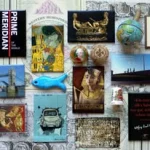I think that once, life was easier. Although people have been inventing various instruments to measure time for a long time, the time didn’t press them like it does today. People had orientated themselves by nature, they knew that a new day will come after the night, autumn after summer and spring will follow winter. First, they were using light or rather the shadow and its movement. But step by step, instruments for time measuring became more perfect. And when it was not enough any more to measure days and hours only, when people needed to cut their time in even shorter intervals, they invented clocks and put them on high church towers to enable as many people as possible to inform themselves about the current time. The city of Vienna didn’t want to lag behind other European cities so they installed the very first public clock on the southern tower of St Steven’s Cathedral in 1415.

Even today, the City of Vienna takes care of 84 church clocks in all districts of the city, including 3 churches in the Old Town. One of them is St Michael’s Church with its narrow tower and clocks in all four winds on it.
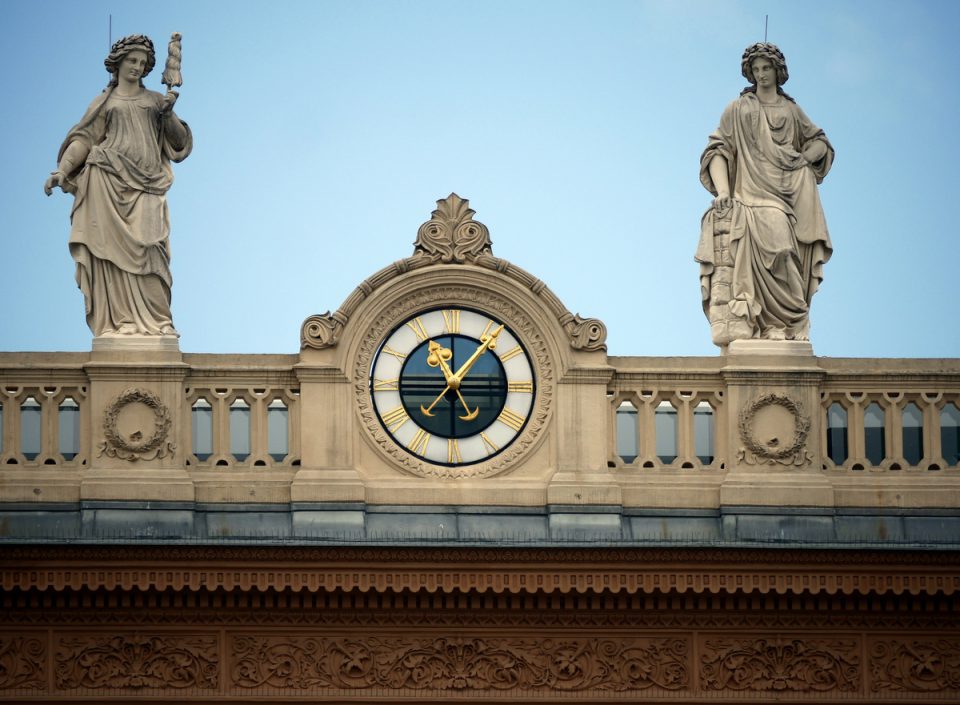
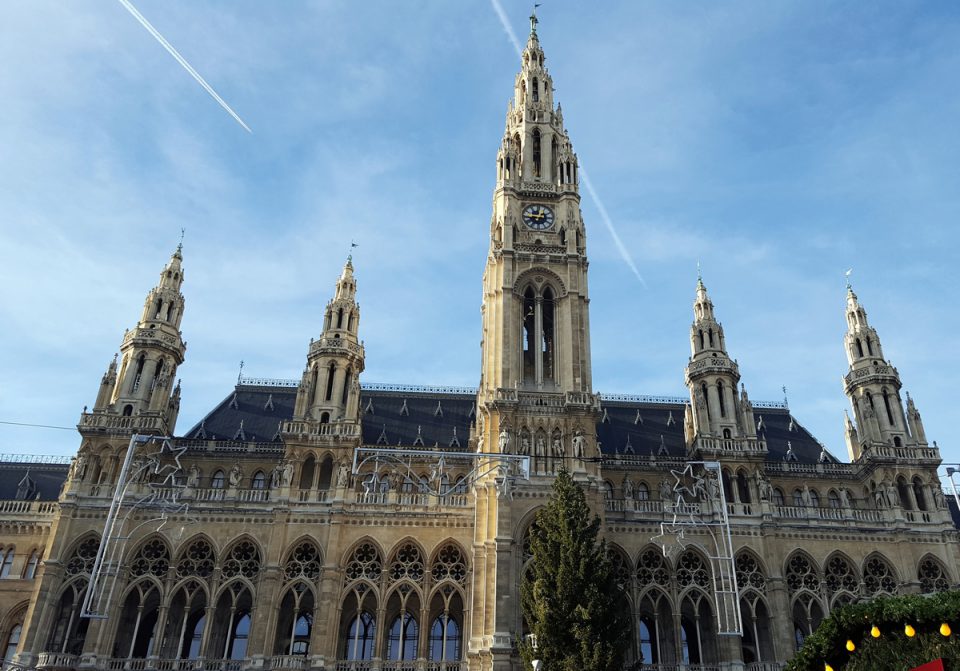
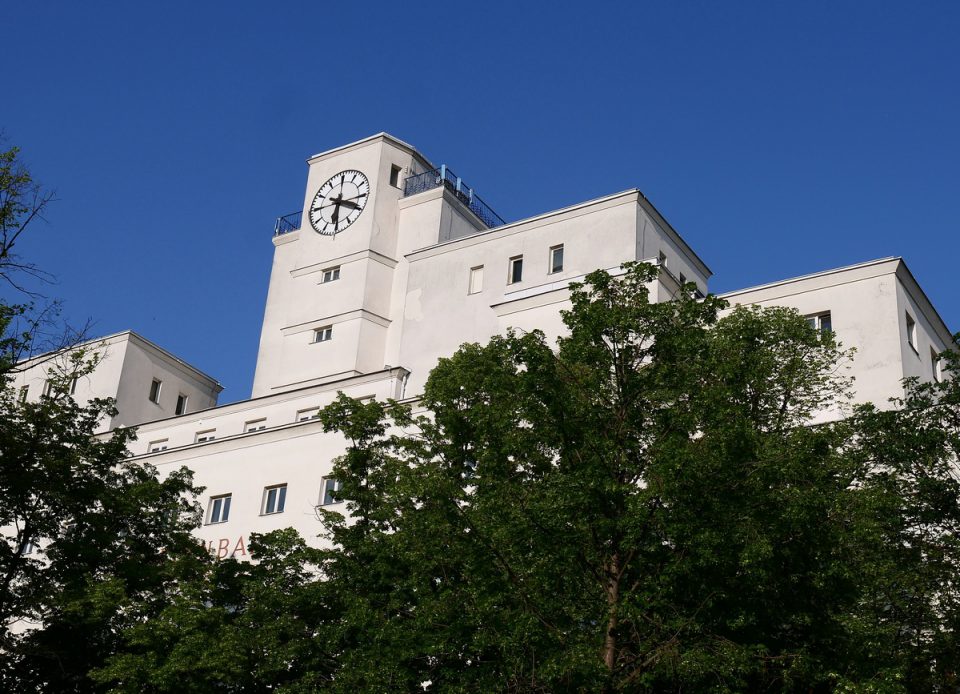
In the City Park (Stadtpark), you can still see a clock with an autodynamical system from 1881. I have to say that when I was there, the dials showed different times. Anyway, even stopped clocks are right twice a day.
In 1902, electric lighting was installed in Viennese streets. 4 years later, the first electric clock appeared in the city. The clock still decorates a fountain in the Arhaberpark in the 10th district.
Quite a few clocks had been working in the city already. The problem was that they did not always show the same time. If you wanted to arrange a meeting, you would have to specify the time according to the church clock or the clock on the railway station.
At the turn of the 19th and 20th centuries, Vienna as well became a modern metropolis, the number of its inhabitants (2 millions) was even higher than it is today. Life became faster, industrialisation was added to the dictionary as a new word, trams and steam trains were operating in the city. It was necessary not only to coordinate the entire public transport system but also to ensure punctuality. And so – a new Viennese icon was born: the Cube Clock.
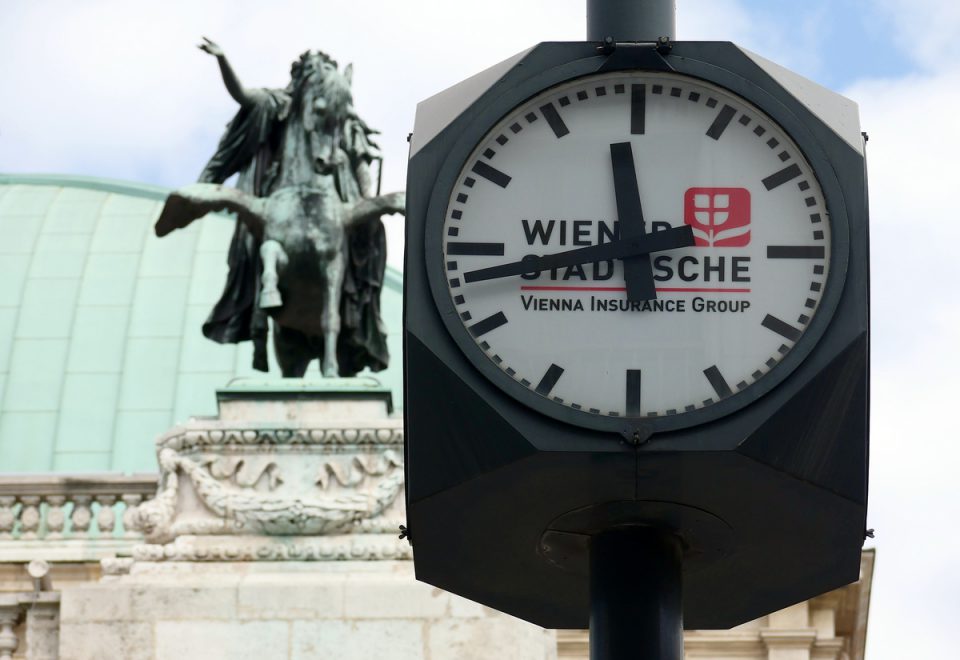
The shape of the clock is a polyhedron consisting of 6 octagons and 8 triangles, actually a cube with its corners cut off. There are 4 dials. Originally, there was the inscription NORMALZEIT (normal time) and the name of the factory Schauer, the producer of those clocks. Before the Greenwich time was introduced as the “normal time”, there were different time zones on the territory of the monarchy. Today, the form of the clock is the same like 100 years ago just instead of the name of the factory, there is the logo of an insurance company, a sponsor of the clocks.
When I saw a prototype of this clock on a recent exhibition, I was surprised how huge it is. You don’t feel it on the street, when you see the clock high above your head. But the diameter of its dial is 1 meter!
The cube clock became a very popular element of the city. It informs about the current time not only during the day but thanks to its illuminated dials also in the night. Although a lot has changed over the last 100 years, people don’t even need wrist watches any more because everybody has the precise time on their smartphone, you can still find 74 “ticking” cubes in all districts of Vienna except Neubau and Hernals.
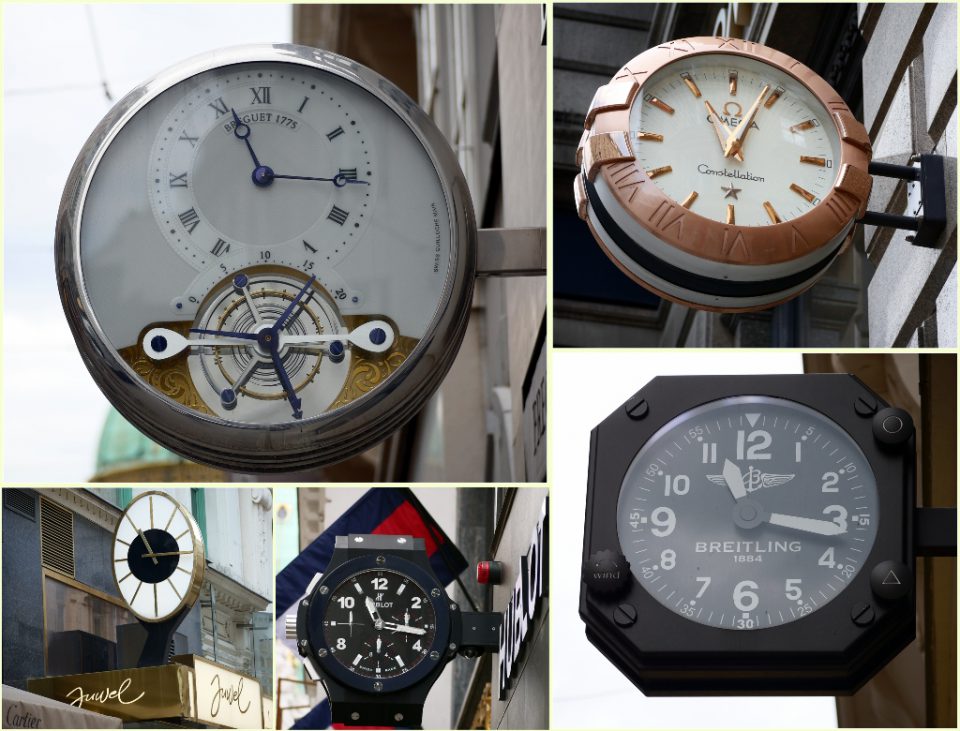
However, there is much more. Modern time measurements are installed on many buildings. The public transport company of the city (Wiener Linien) takes care of almost 5,000 clocks at stations, means of transport and other facilities.
Extra tips:
(1) The cube clocks are used as different souvenirs as well. Even the famous Viennese Porcelain Manufactory Augarten, by the way, the second oldest one in Europe, produces tea and coffee cups and saucers with this symbol.
(2) The only one moon clock in Vienna – on the roof of the north-western wing of the Hofburg which is called Amalienburg and was constructed in the 16th century as the residence of Emperor Rudolph II. The clock is obviously connected to his interest for astronomy. It shows Moon phases and is still working!
(3) Walking through the City Park (Stadtpark) don’t miss not only the old clock from the end of the 19th century but also this beautiful dial made of blossoming garden flowers.
(4) If you visit the Hoher Markt square in the Old Town, you can see a special clock here which forms a bridge between two parts of the Anker Insurance Company’s building. The clock is called Ankeruhr and was created by the painter and sculptor Franz Matsch and clockmaker Franz Marawetz. The first performance took place on August 18, 1915 – the Emperor’s birthday which attracted a huge audience.
Also today, a big group of tourists always gathers here, especially at 12 o’clock noon when you can see a parade of all 12 famous historical personalities, among them Marc Aurelius, Maria Theresa and Joseph Haydn, accompanied by music (during the Advent season Christmas carols at 5 and 6 p.m.). The diameter of the clock is 4 meter. Have a look at the child with a butterfly as a symbol of life on the left and Death with a sandglass on the right. Life and death are two important symbols for an insurance company. There is also an odd unidentifiable creature under the clock – a basilisk. You don’t know what is it? Then read about it: here
Text: © Copyright Ingrid, Travelpotpourri
Fotos: © Copyright Ingrid, Travelpotpourri

 TRAVEL
TRAVEL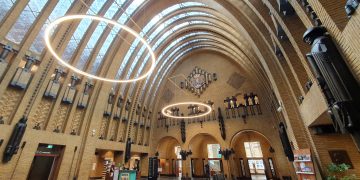
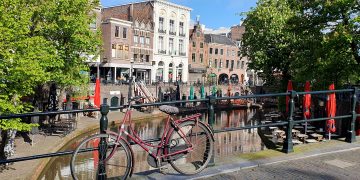

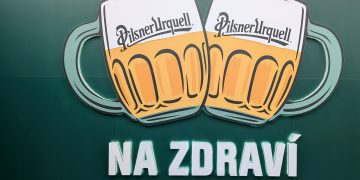
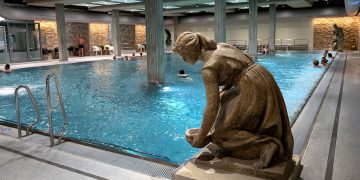


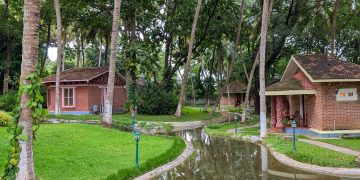
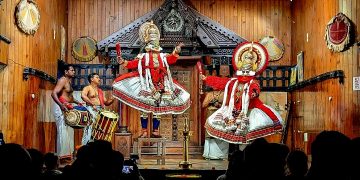
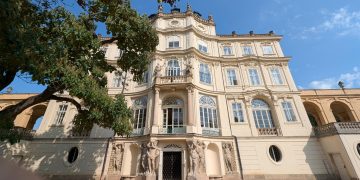
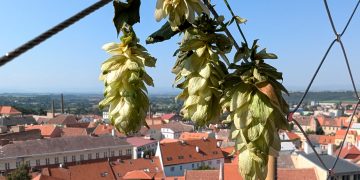

 RECIPES WITH A STORY
RECIPES WITH A STORY











 AUSTRIA-VIENNA
AUSTRIA-VIENNA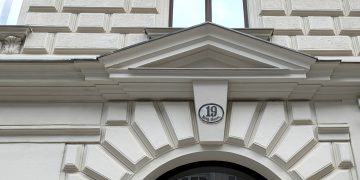
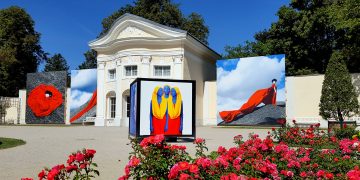
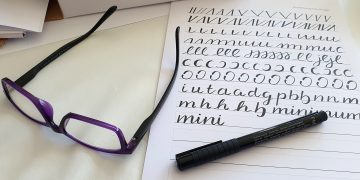
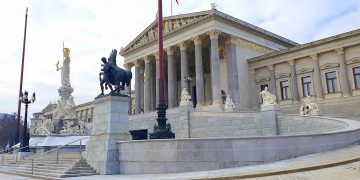
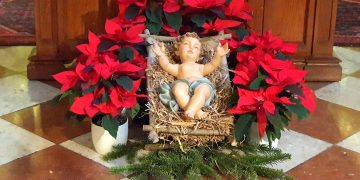

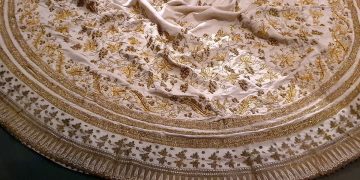
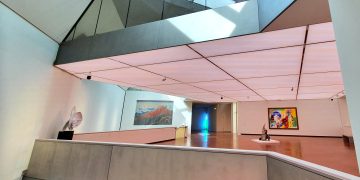
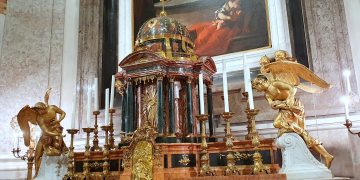

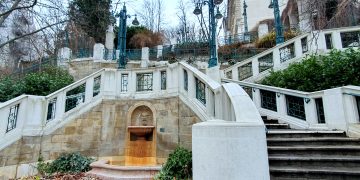

 SLOVAKIA-BRATISLAVA
SLOVAKIA-BRATISLAVA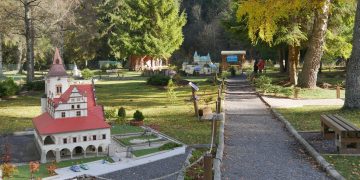
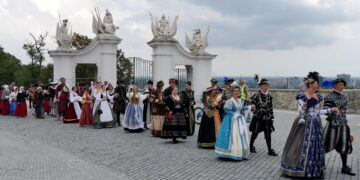


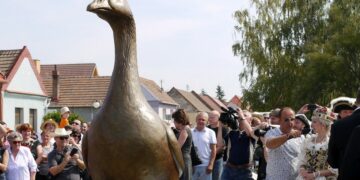
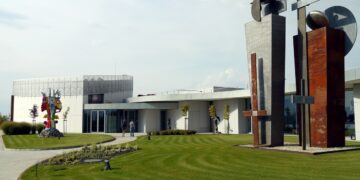
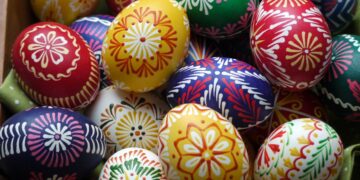
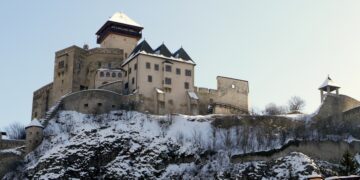
 EVENTS
EVENTS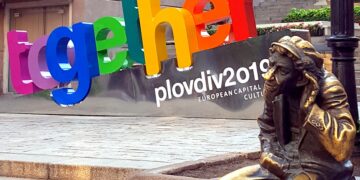
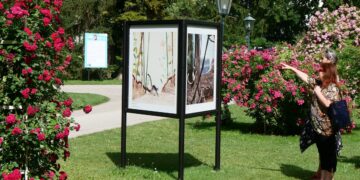

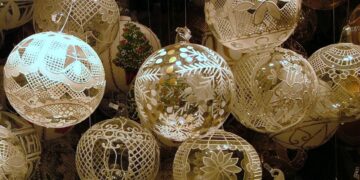
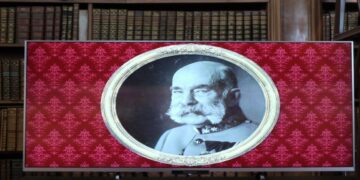
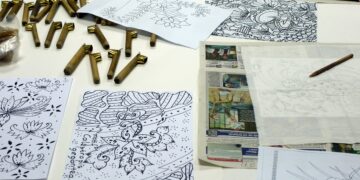


 INTERVIEWS
INTERVIEWS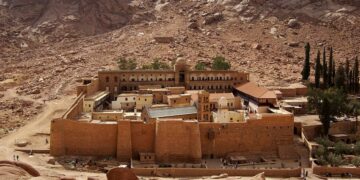

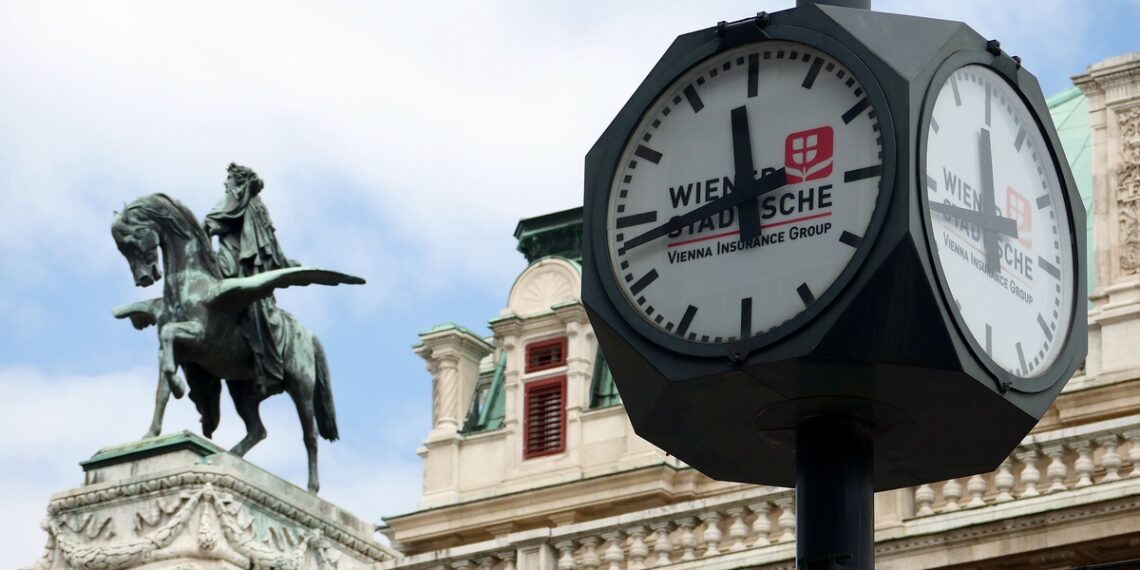
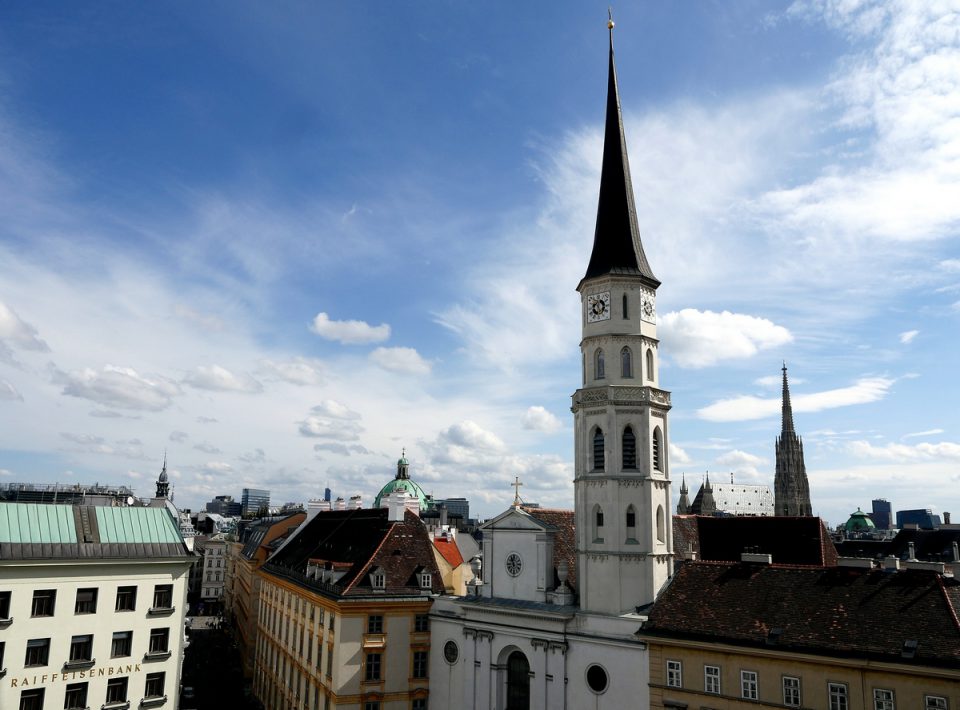
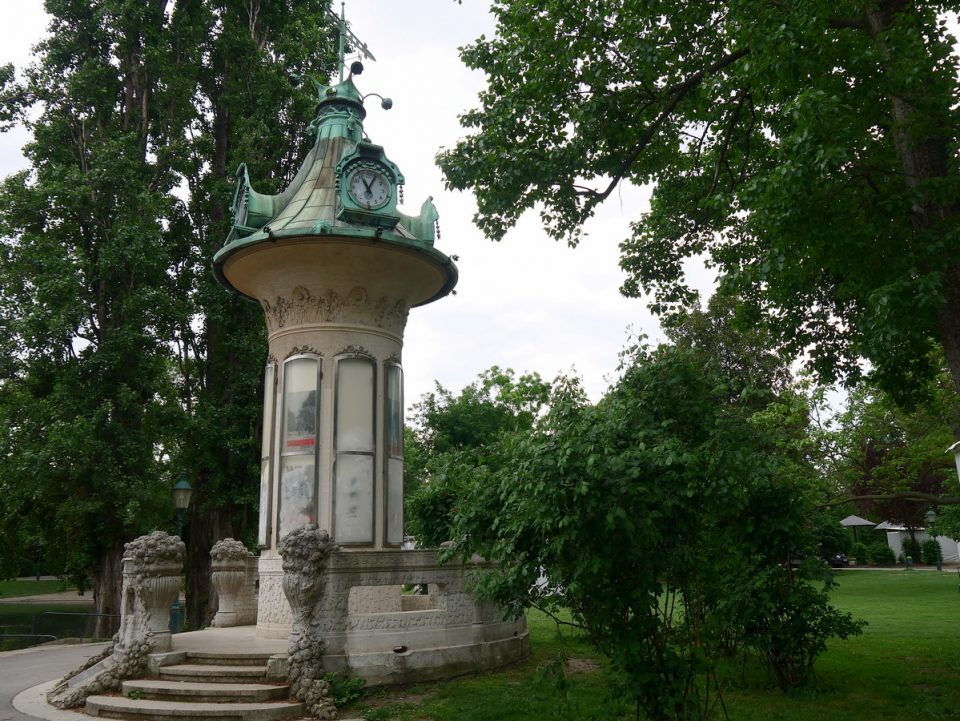



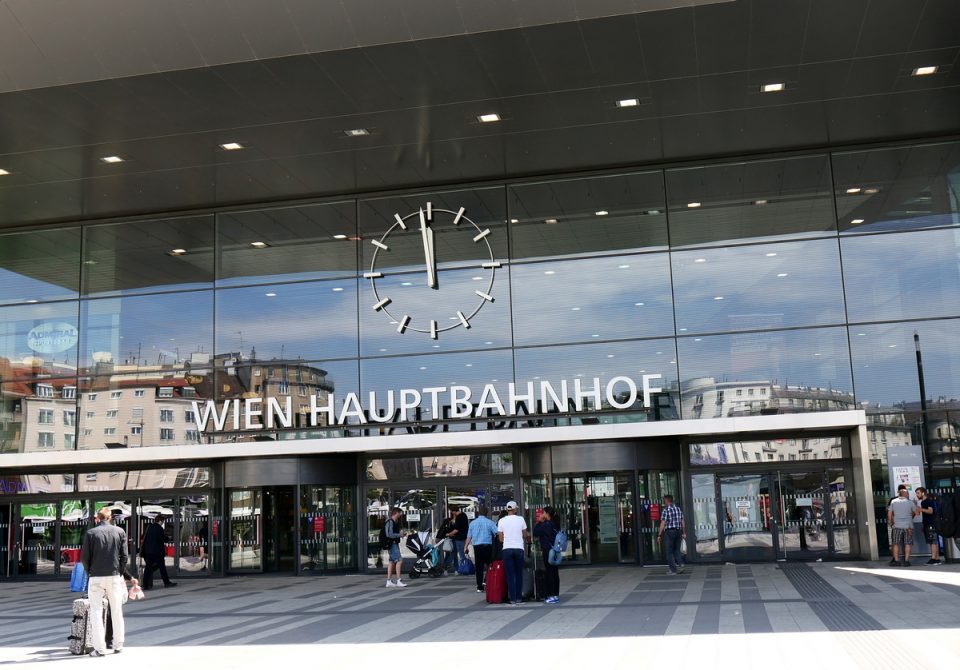
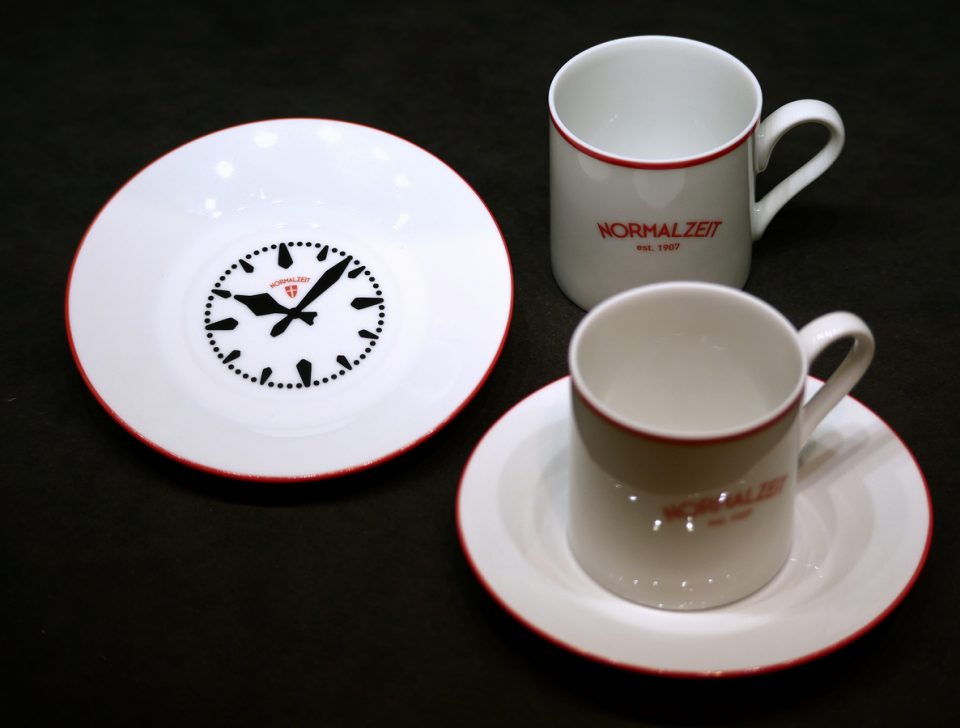

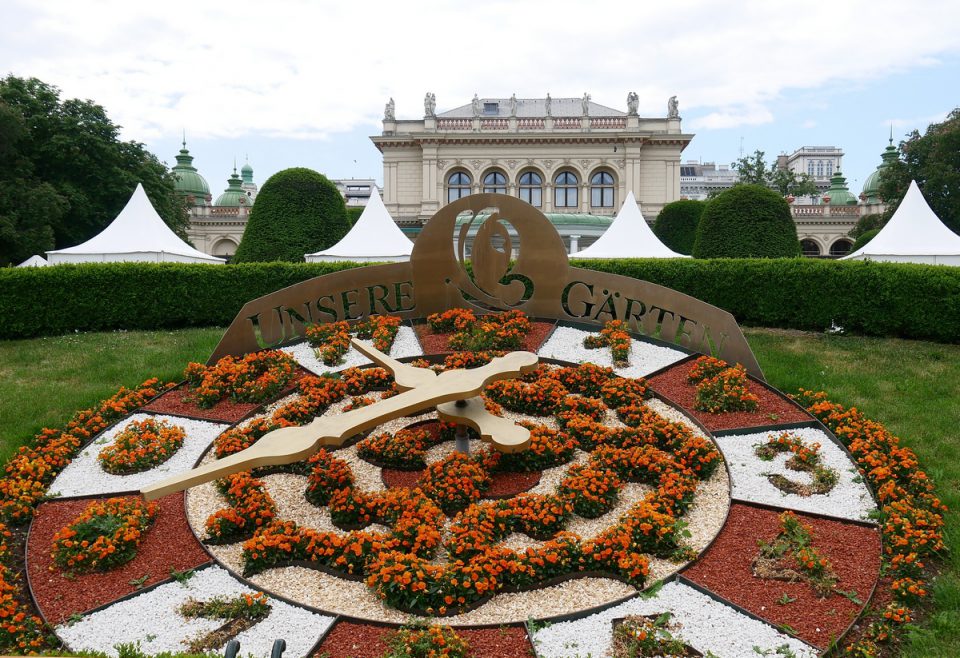






 A Postcard from Rome 3
A Postcard from Rome 3 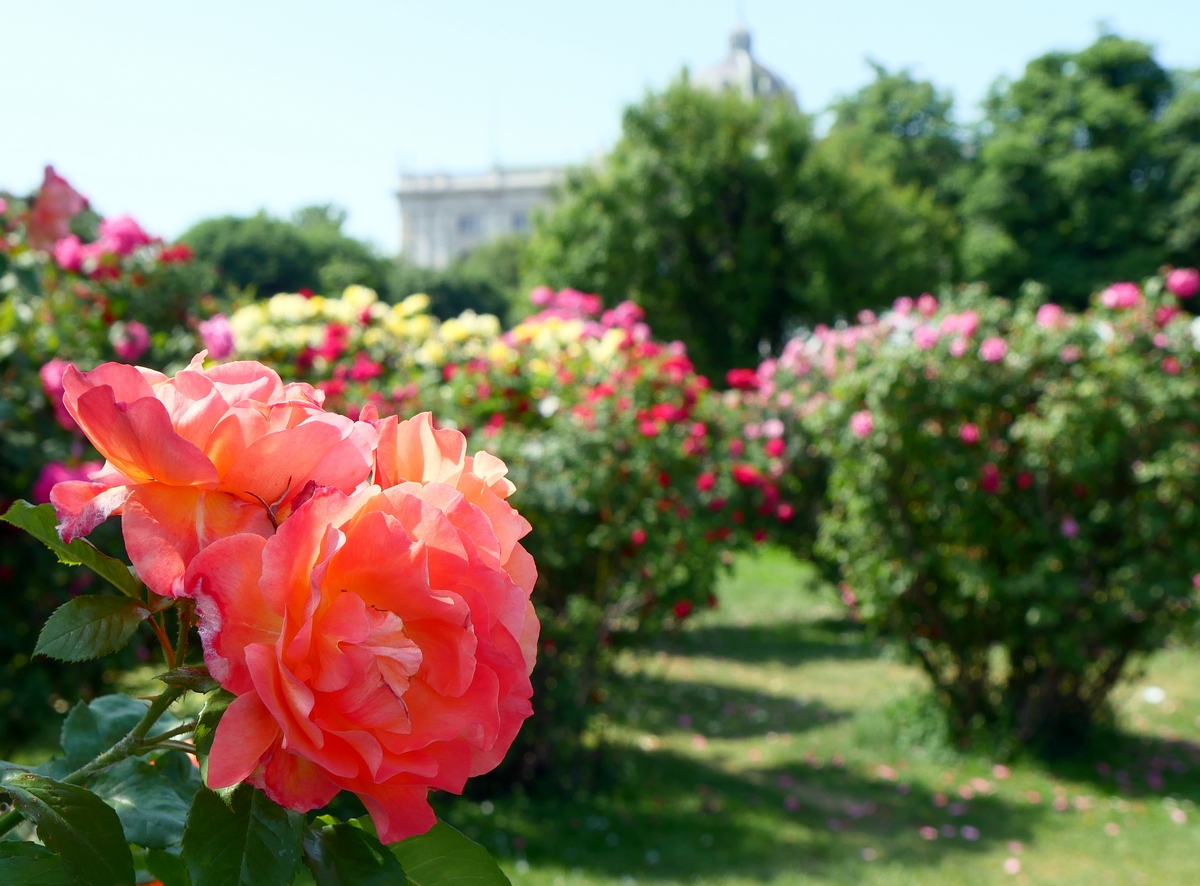 Volksgarten – A walk through the Rose Garden
Volksgarten – A walk through the Rose Garden

